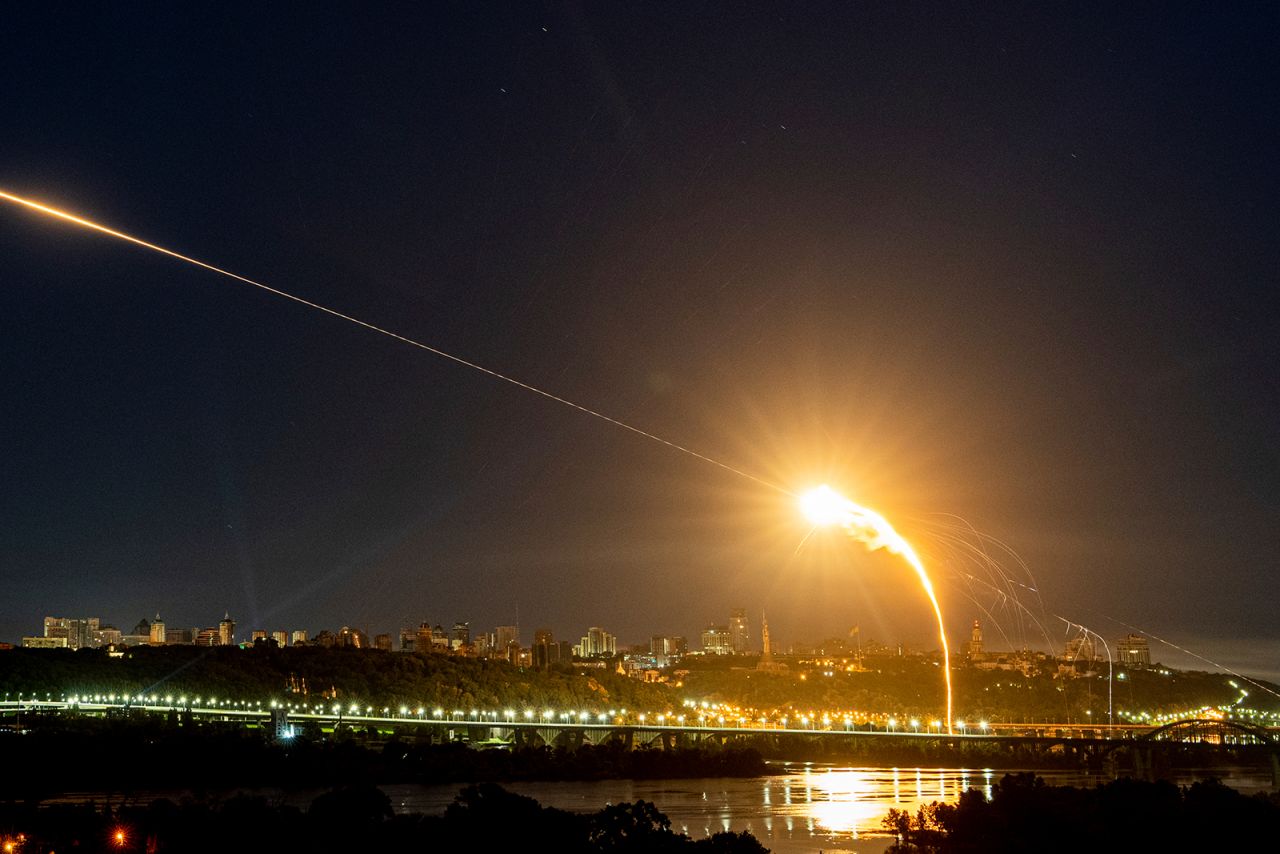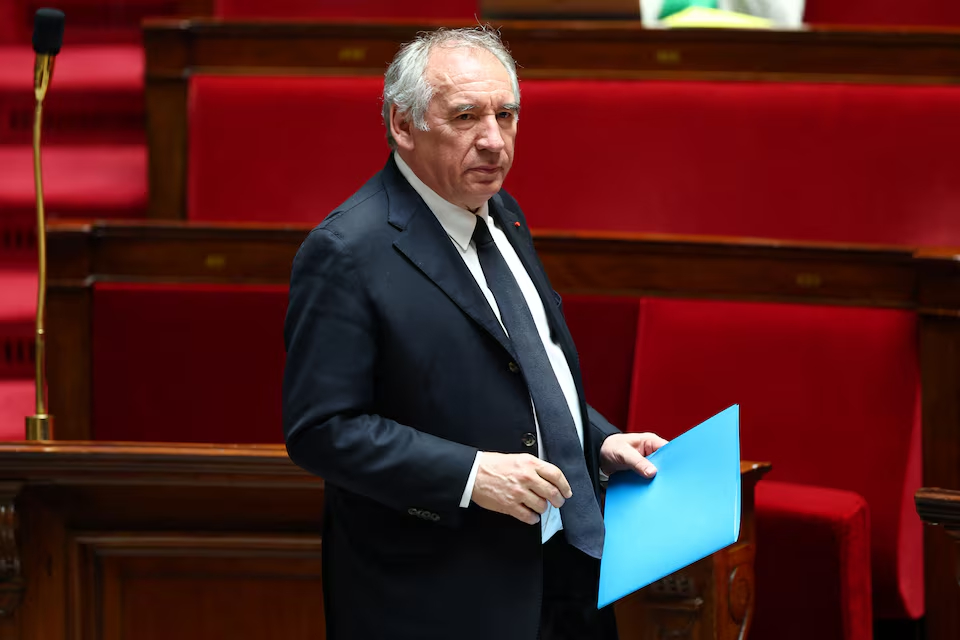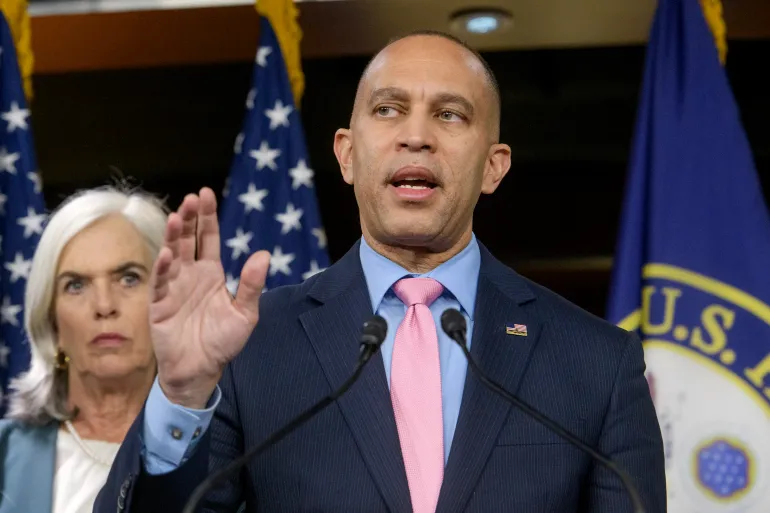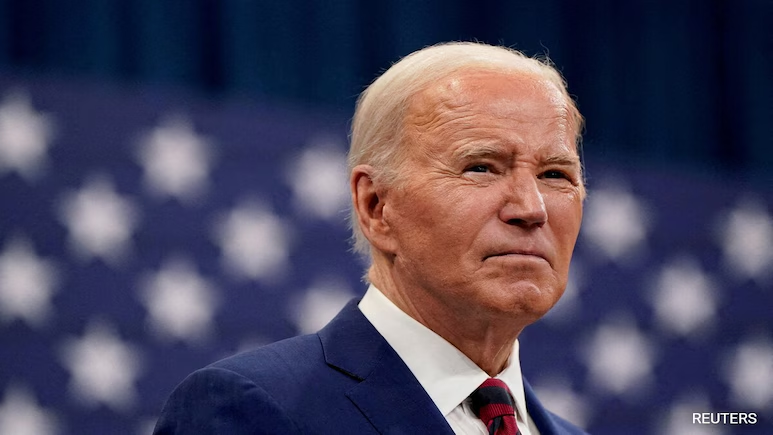Russia’s defense ministry claimed on Tuesday that it had shot down more than 232 Ukrainian drones over the past 24 hours, in what it described as one of the most intense waves of aerial attacks since the start of the war. The drone assault, which targeted multiple Russian regions including Moscow and Crimea, disrupted civilian air traffic and caused panic in several areas.
According to a statement from the ministry, Russian air defenses intercepted 51 drones over Crimea, 44 over the Krasnodar region, and more than 130 across various parts of southern Russia. The attack forced Moscow’s major airports — Sheremetyevo, Domodedovo, and Vnukovo — to temporarily suspend operations, diverting flights and delaying air traffic for hours.
“Russian forces successfully neutralized the threat with our integrated air defense systems,” the ministry said, describing the wave as an escalation by Kyiv in its efforts to bring the war deeper into Russian territory. While no deaths were reported, officials confirmed damage to industrial infrastructure and minor injuries from falling debris in some regions.
This surge in drone attacks is part of what Ukraine has called a “strategic pressure campaign” aimed at weakening Russian logistics and morale. Although Ukrainian officials did not directly comment on Tuesday’s attacks, they have previously stated that targeting military and economic sites within Russia is part of Kyiv’s evolving war doctrine. A Ukrainian military source told Reuters anonymously that long-range drone capabilities are being expanded to disrupt Russia’s internal supply chains and command centers.
The Kremlin, however, sees the growing frequency of such strikes as a dangerous provocation and blamed Western nations for enabling Ukraine’s reach. “These attacks would not be possible without the technological support and intelligence from NATO countries,” Kremlin spokesperson Dmitry Peskov said. He warned that Russia would respond “firmly and proportionately.”
As the war drags into its third year, drone warfare has become a central tactic for both sides, particularly as frontline positions remain relatively static. Ukraine has increased its investment in domestically produced long-range drones, reportedly capable of flying hundreds of kilometers into Russian territory.
In response, Russia has fortified its air defenses and expanded anti-drone measures in urban areas, especially around Moscow, which has experienced multiple drone incursions over the past year. Tuesday’s attack was notable for its scale, coinciding with several air raid warnings and emergency broadcast interruptions across Russian state media.
Flight tracking data showed several commercial airliners circling in holding patterns or rerouting away from Moscow during the assault. By late Tuesday afternoon, airport operations had resumed but with residual delays.
Western analysts see the drone barrage as a calculated message from Ukraine ahead of what could be a renewed summer counteroffensive. “Ukraine is showing it can project force beyond the frontlines, even as ground operations are limited,” said Michael Kofman, a military expert at the Carnegie Endowment for International Peace. “It’s not about single drone strikes — it’s about persistent psychological and logistical disruption.”
Russia has vowed retaliation, but the specifics remain unclear. Some lawmakers are now pushing for further escalation, including potential strikes on what they claim are NATO surveillance assets supporting Ukraine. President Vladimir Putin has not made a public statement on the latest incident but has previously accused Ukraine of engaging in terrorism through such attacks.
With both sides locked in a high-tech arms race over unmanned systems, the battle for airspace supremacy continues to evolve — posing new risks not only for military targets but for civilian infrastructure and public safety on both sides of the border.
Source: Reuters



